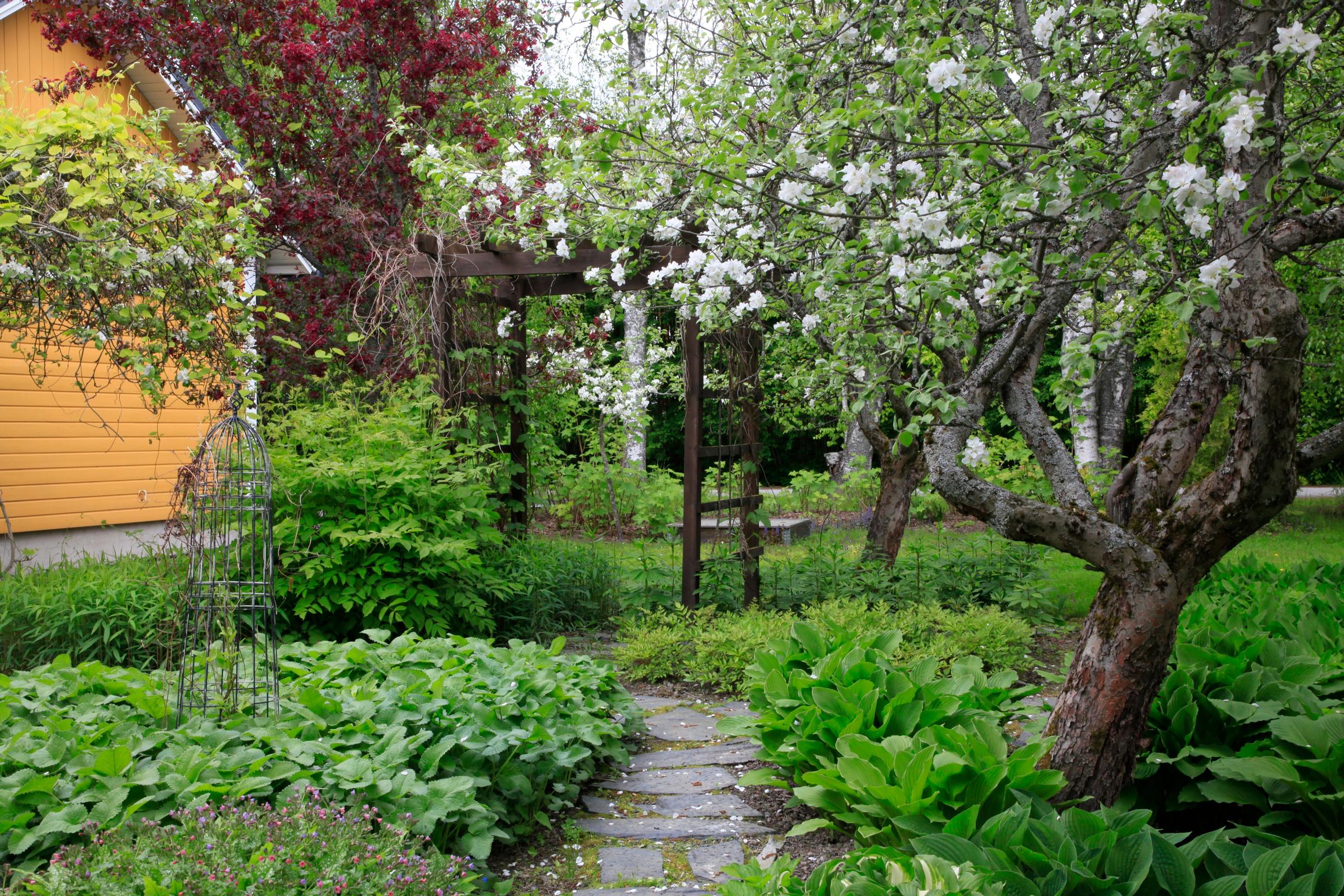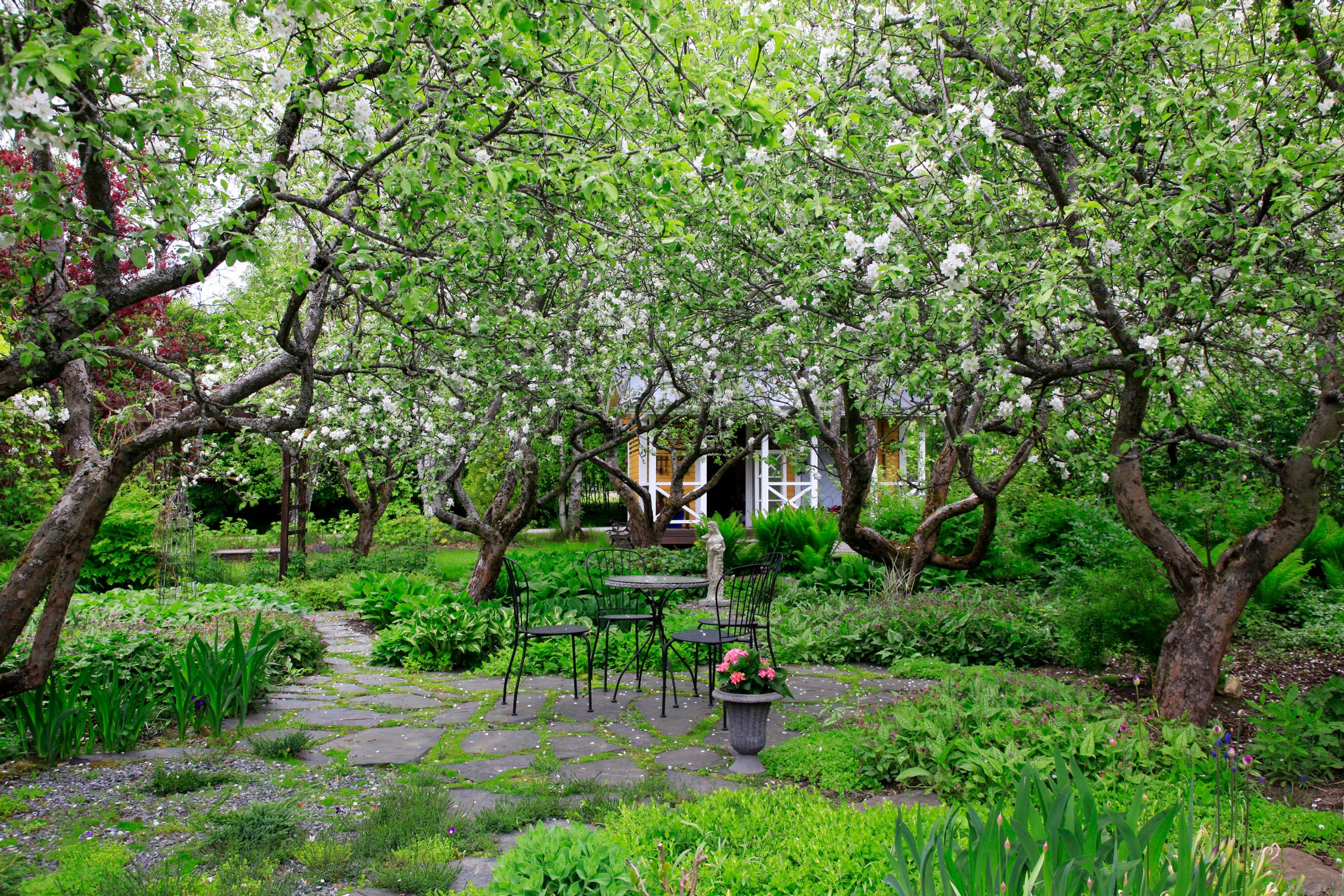
An orchard overrun by couch grass was brought back into bloom
Whenever the old apple trees burst into bloom, Ani Ylén spends all her free time in her garden. For about twenty years, she has gently nurtured them with careful pruning and improvements to the clay soil. Where lush green perennials now thrive, there used to be only couch grass.
Sturdy, sculptural apple trees stretch skyward. For decades, they’ve delighted with their spring blossoms and autumn harvest. At the heart of Ani and Ari Ylén’s garden are apple trees.
—“When the apple trees bloom, our orchard looks like a fluffy cloud of blossoms,” Ani sighs.
Ani and Ari fell in love with this plot for its old apple trees when they first saw it in winter 2003. It was part of an older home’s orchard that was being sold in sections.
All nine trees in the orchard were planted after the the second world war. Ani identified one as the ‘Antonovka’ variety. Over time, many neighbors lost their apple trees, but Ani and Ari wanted to preserve the orchard’s unique atmosphere. They’ve tended these trees with gentle pruning, weeding, and soil improvements. No wonder the trees now stand so proud and vigorous.
—“It’s worth appreciating old trees. It takes decades for new ones to provide shelter, shape the garden, and give birds nesting places. We’ve planted more trees alongside the apples, such as plums, cherries, walnuts, ornamental cherries, conifers, and the magnolias Ari loves.”
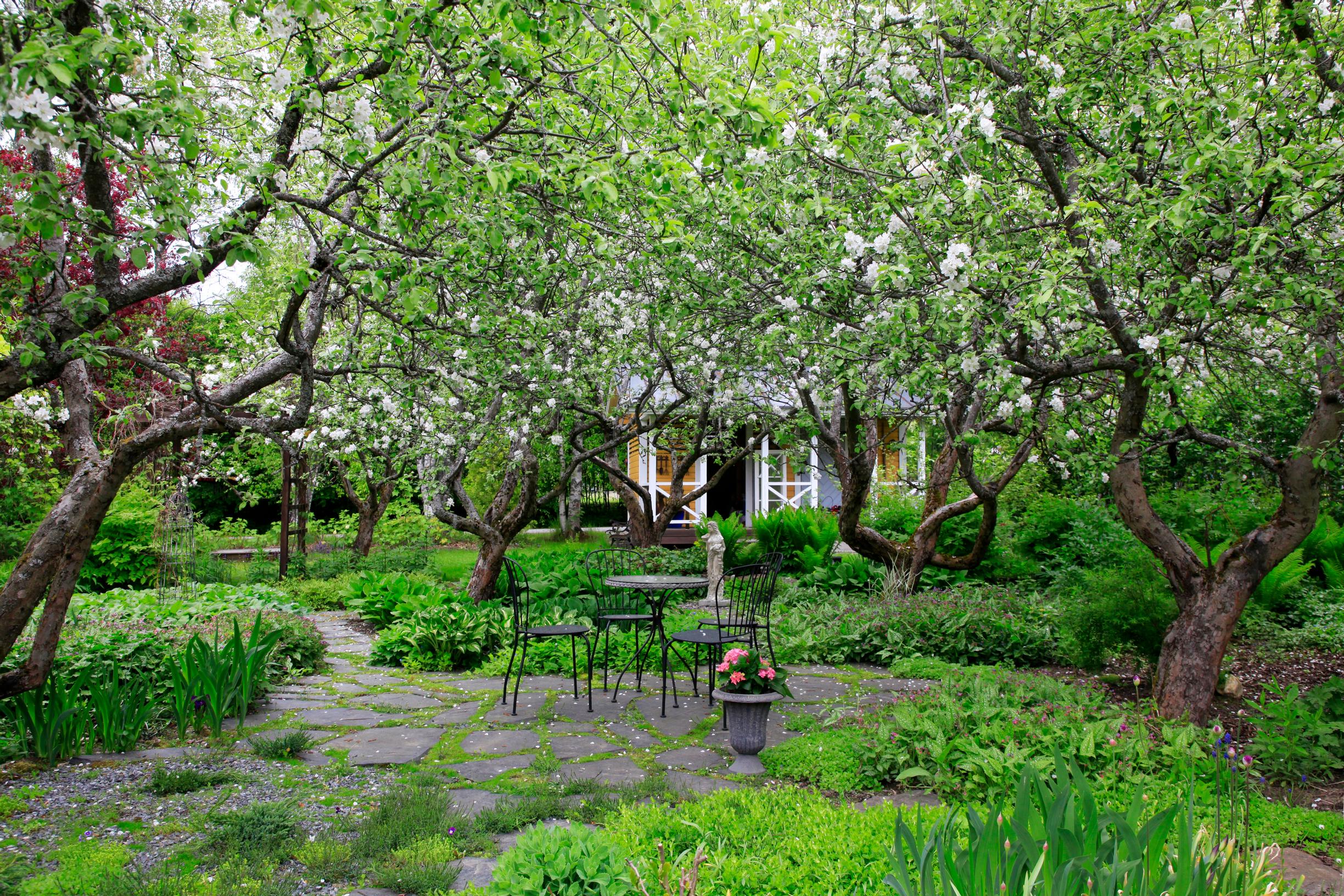
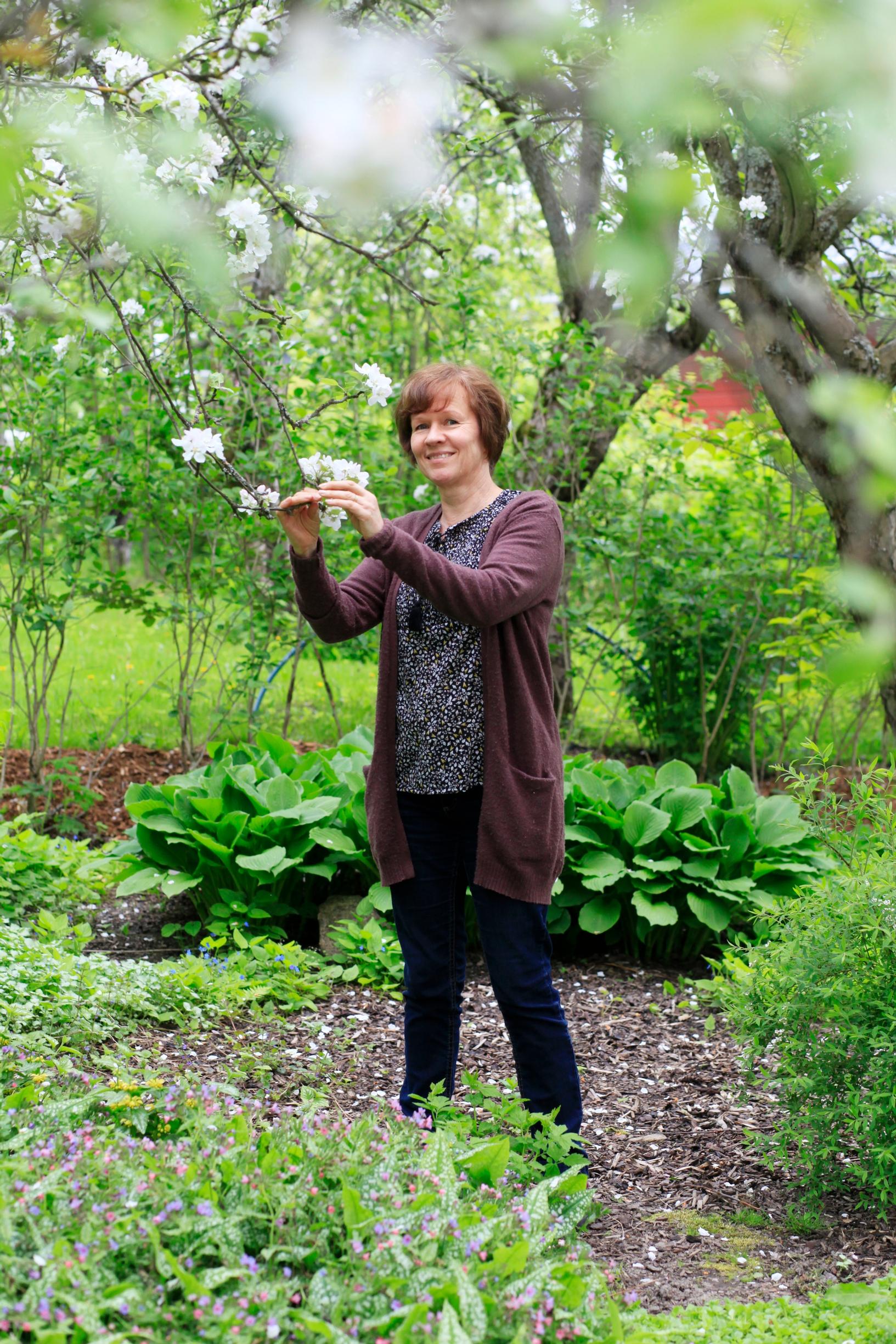
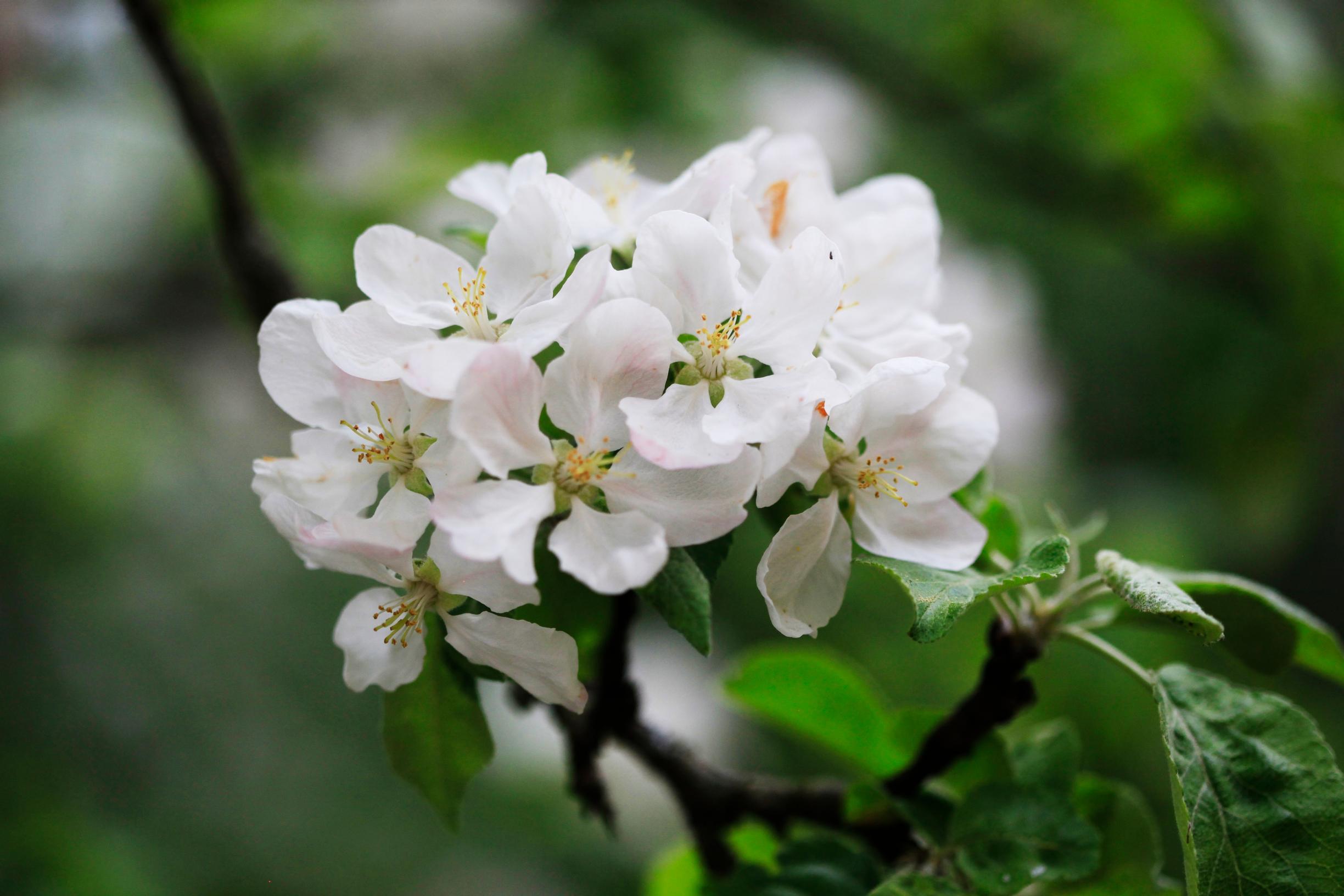
When you step through the gate into the orchard, the fresh greenery of early summer envelops you in a floral embrace. Ani and Ari have planted a wide variety of perennials beneath the apple trees, forming a gently undulating sea of green. It’s hard to believe that just over 20 years ago, this space was completely overrun by couch grass.
—“In our clay soil, pulling couch grass by hand would have been exhausting, so we decided to get rid of it by tilling. We ended up with heaps of root fragments to pick up, but fortunately it was a dry summer. The leftover roots dried out, and couch grass never became a nuisance for us.”
After tilling, Ani covered the ground with bark mulch, but she was already envisioning a shade-loving perennial oasis with flagstone paths winding between plantings. Little by little, the mulched areas gave way to dense, lush growth that weeds can’t penetrate.
—“I wanted these perennial beds to be as extensive as possible. I love leafy perennials and focused on diverse leaf shapes and colors. In the shade of the trees, I find the leaves really striking.”
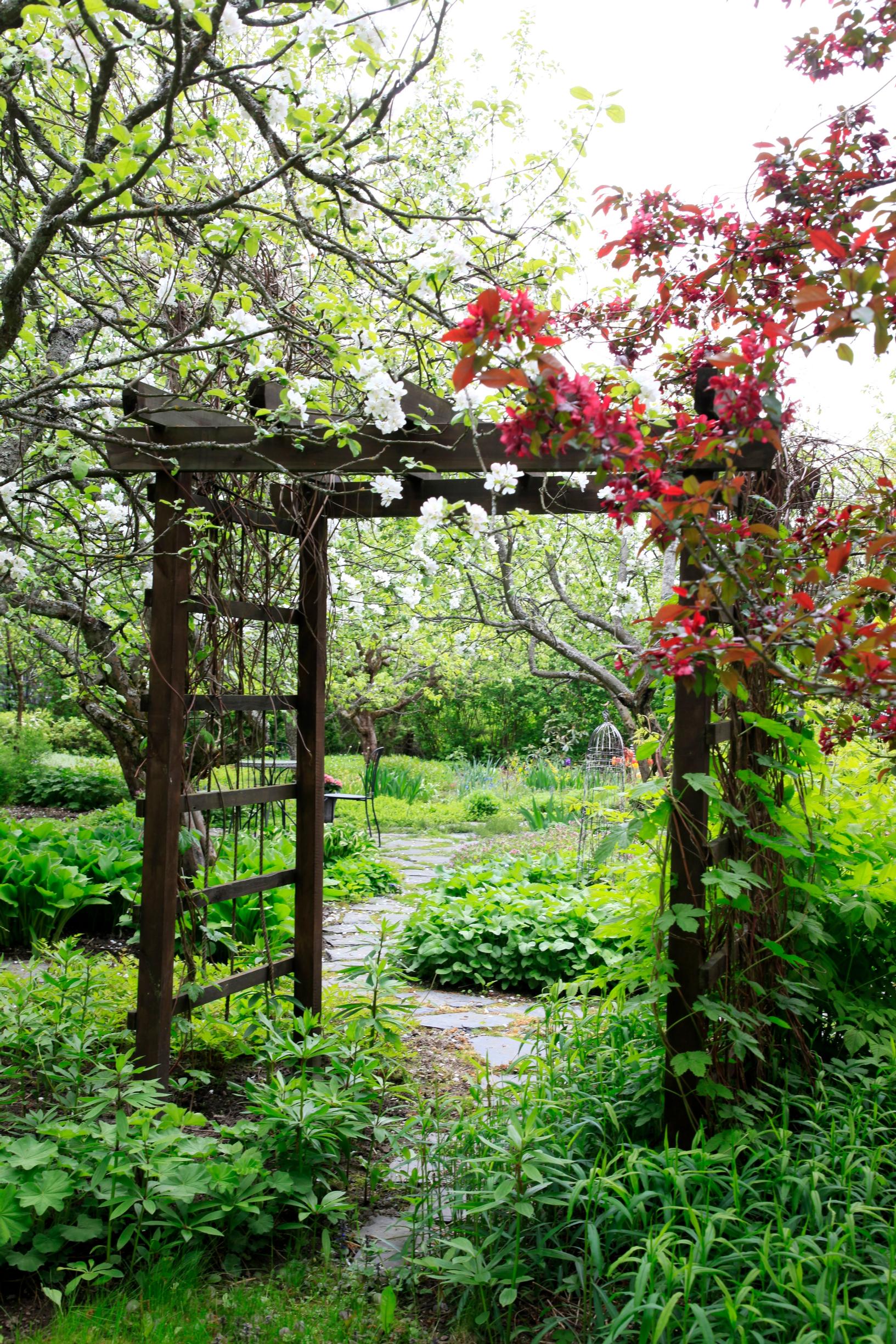
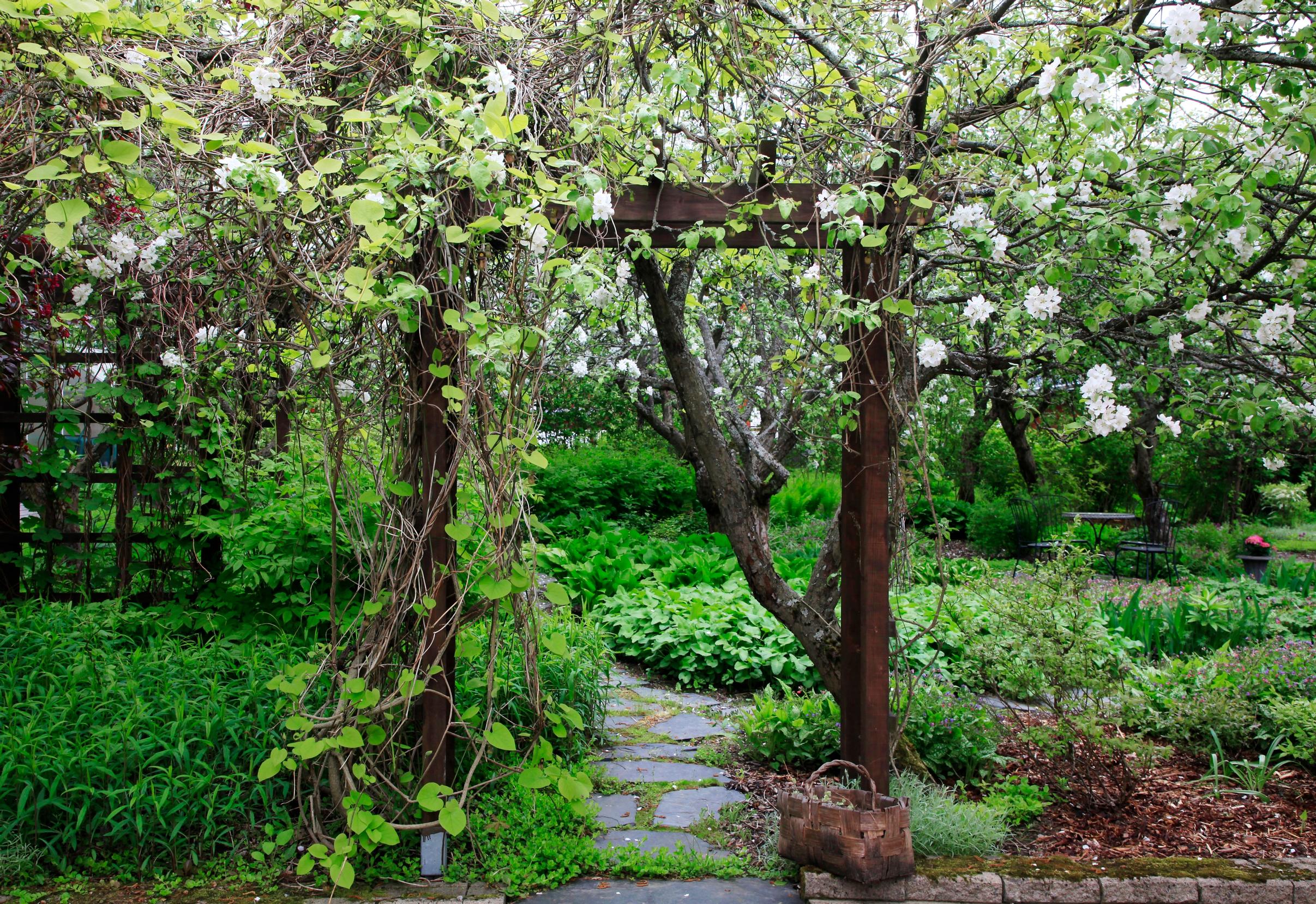
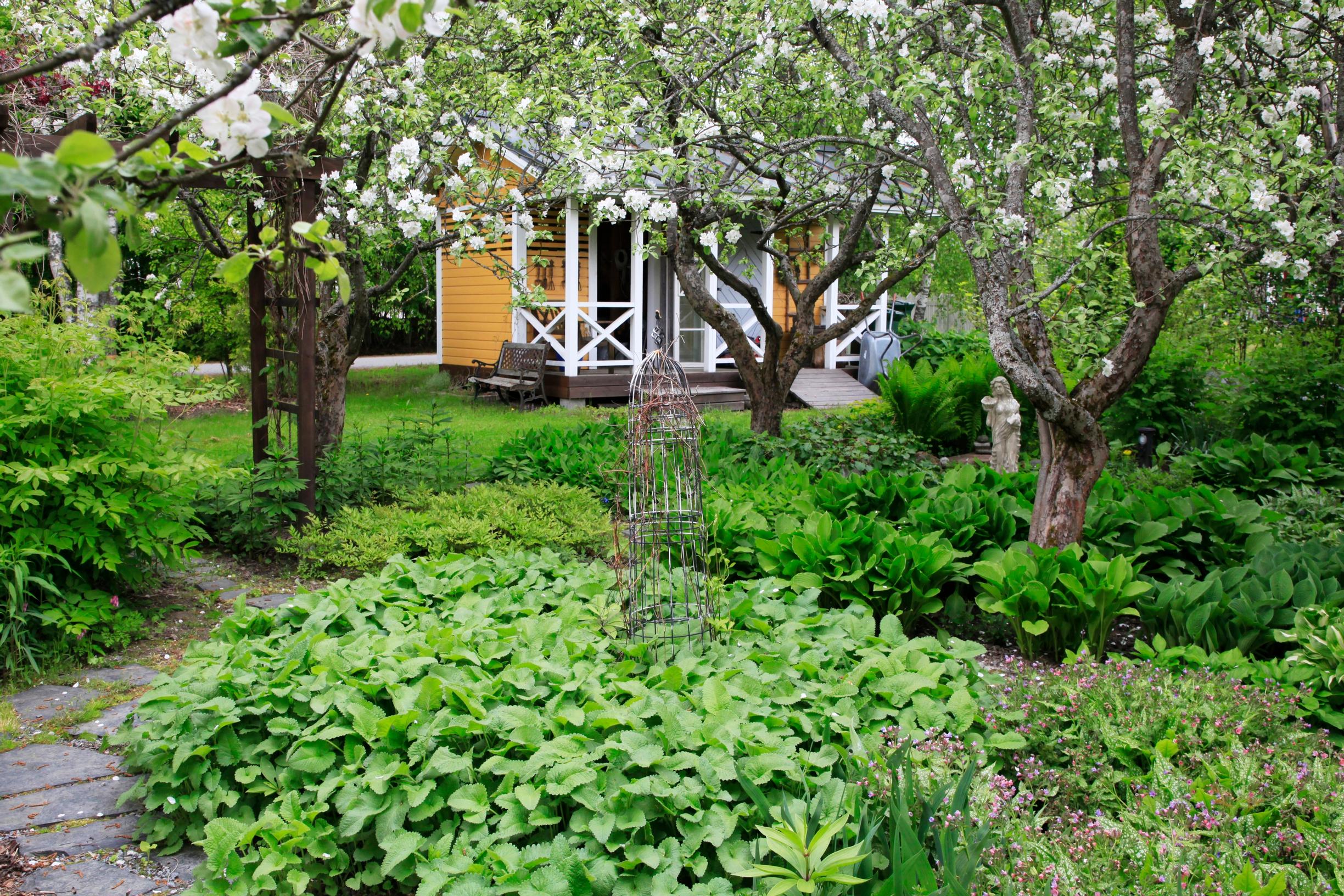
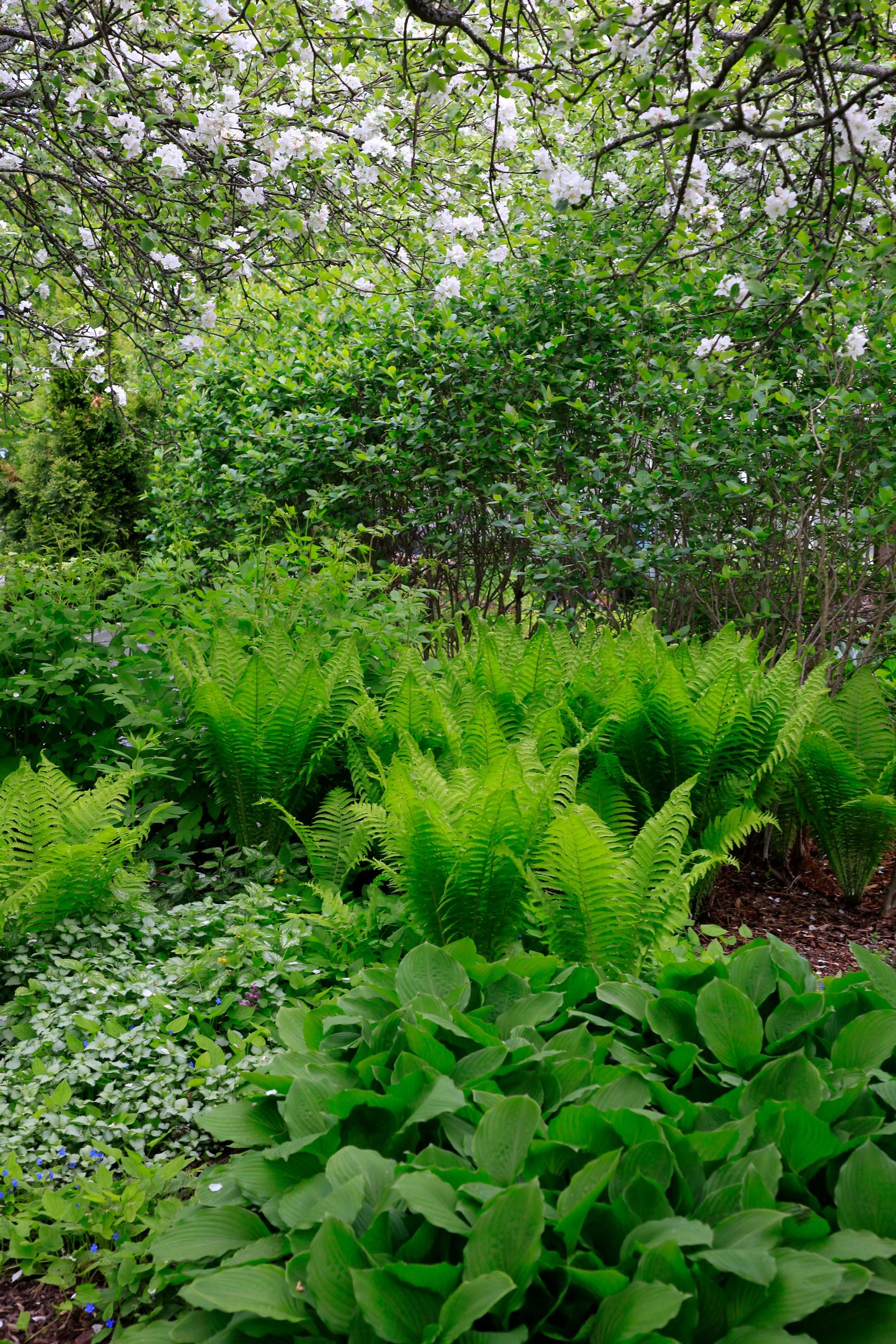
In the beginning, Ani and Ari bought perennials and also got many from friends and family. As soon as the plants grew large enough, Ani divided them to create new beds. Her favorites for groundcover are various hostas, spotted deadnettle, and white-spotted lungwort.
Lungwort delights with its early flowering, which bumblebees and bees love. Hostas, on the other hand, bring lushness and clarity with their large, beautifully shaped leaves.
In the orchard’s sunniest spots, snow-in-summer, creeping phlox, and maiden pink carpet the ground in early summer. Ani also loves daisies, bellflowers, clovers, and other wildflowers, allowing them to settle in the garden.
Ani is open-minded about flower colors. She only avoids yellow because, against the yellow house, the color seems to disappear. The only exception is cushion spurge, which dazzles the garden in early summer with its brilliant yellow blooms.
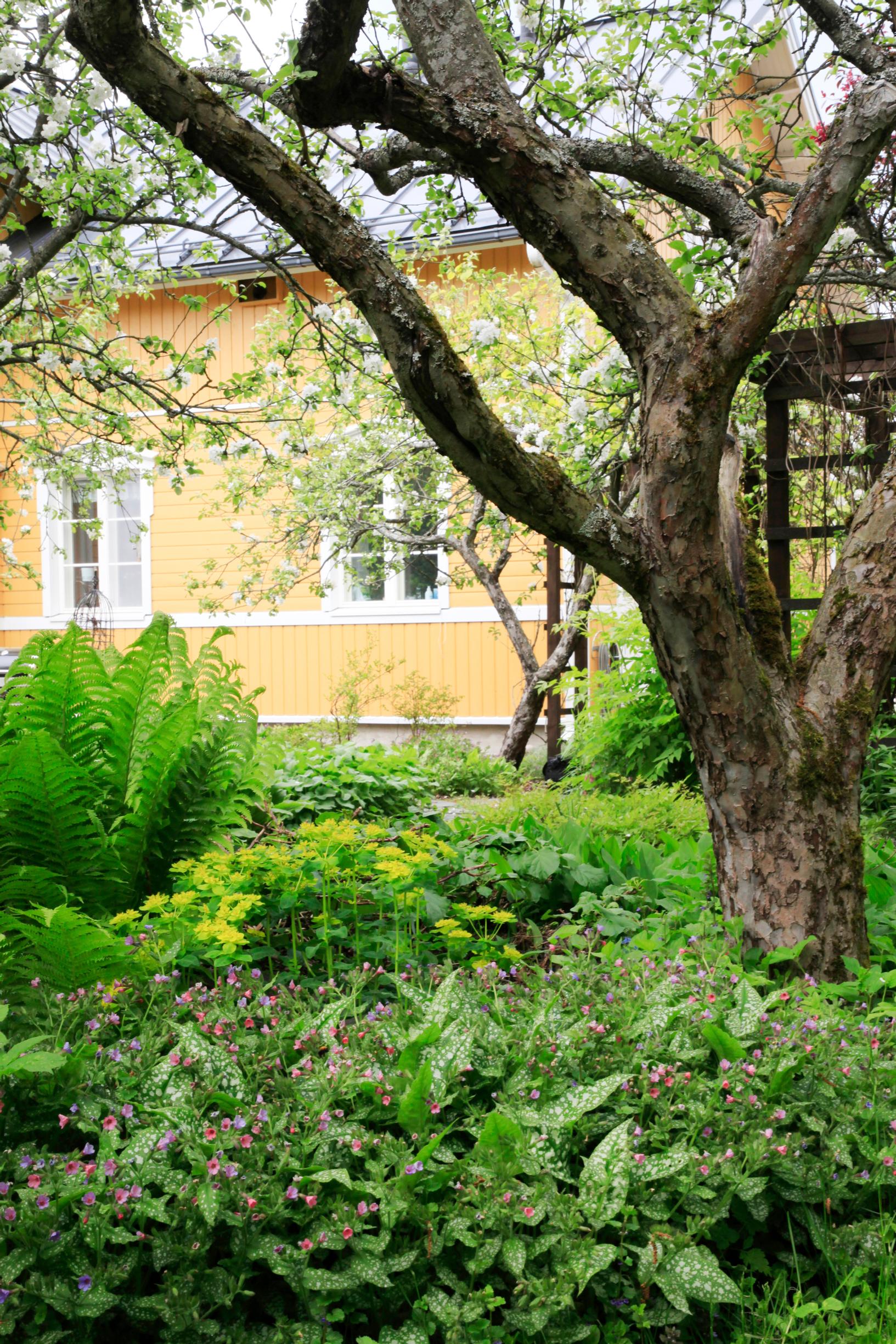
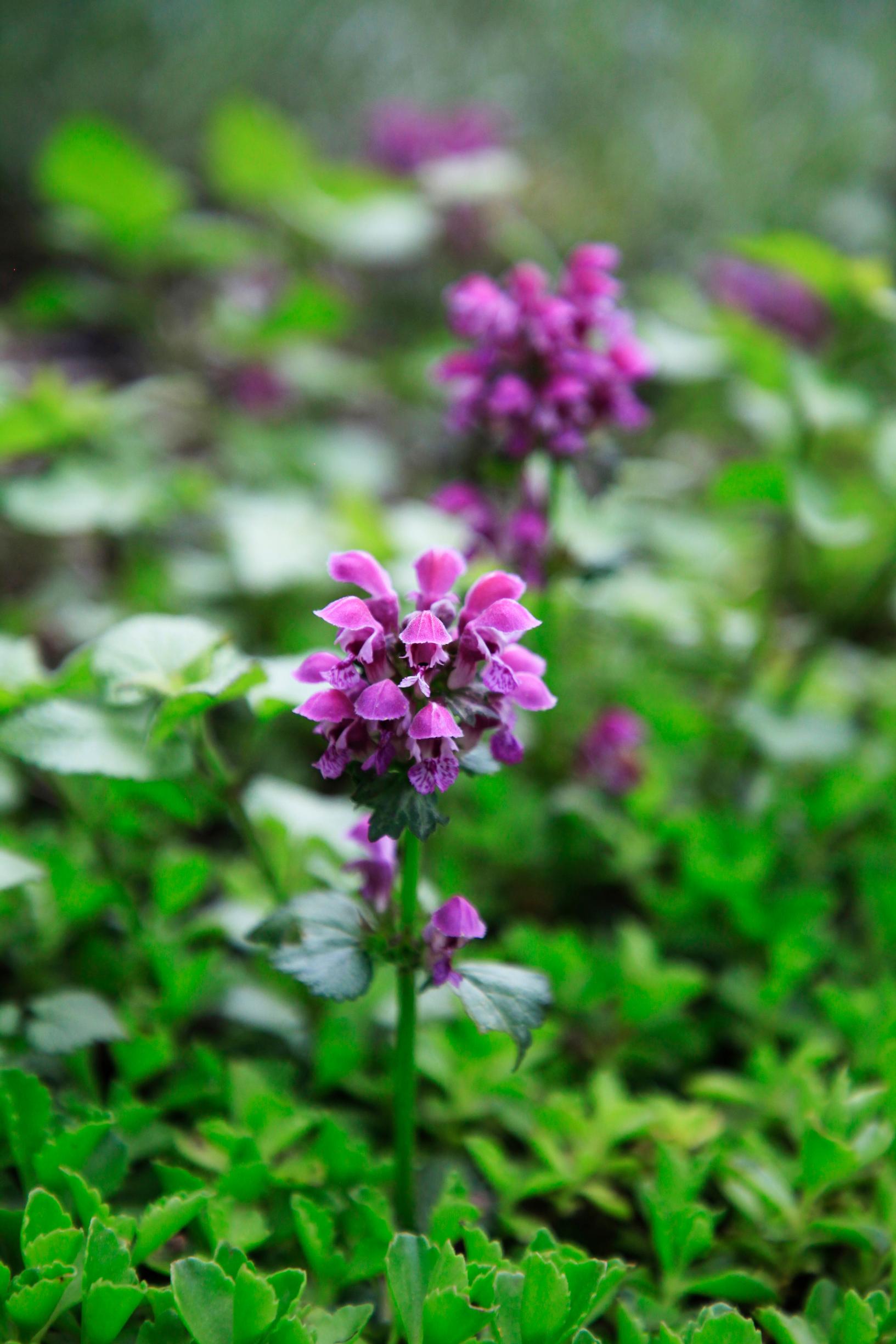
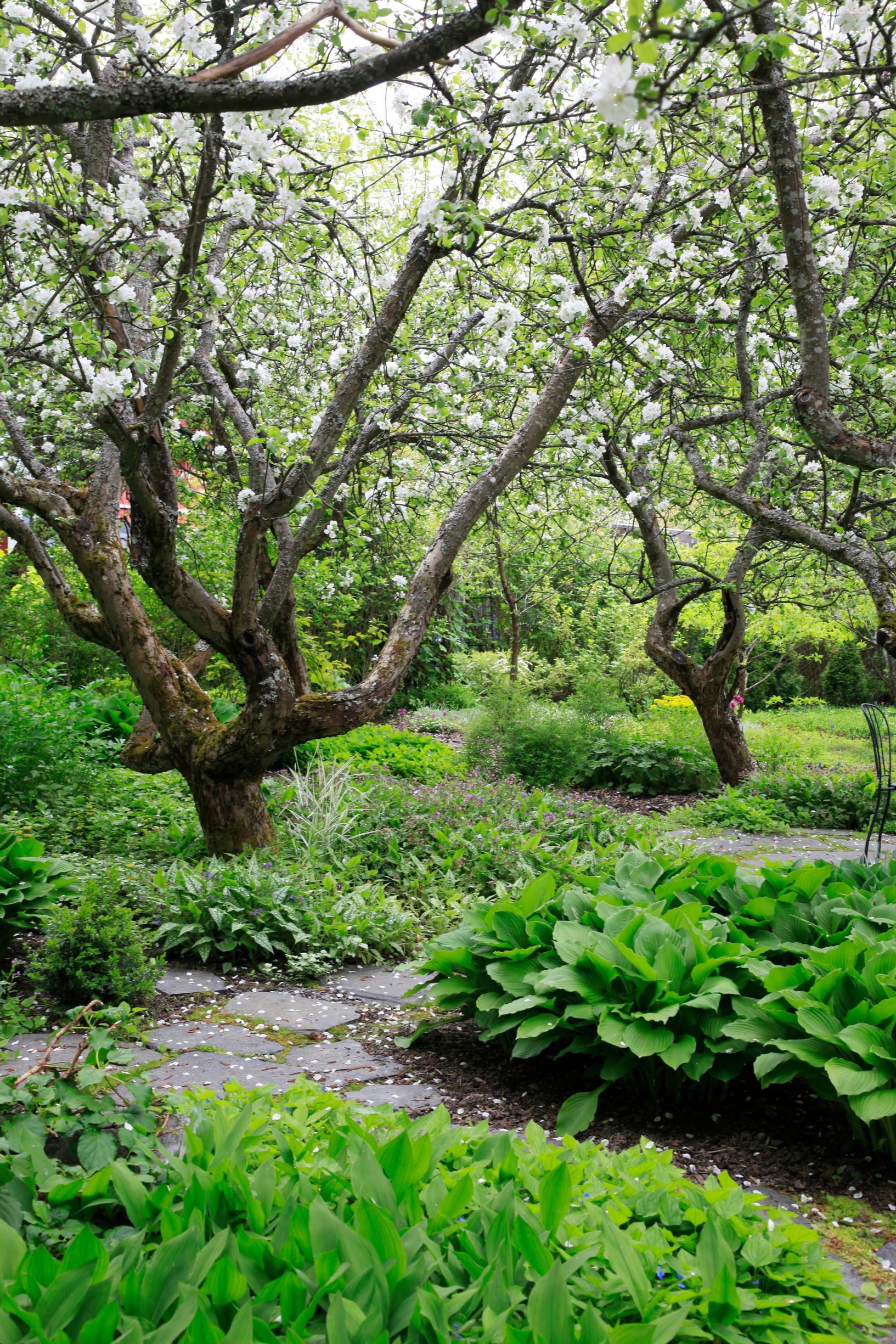
In autumn, the orchard is covered in a thick layer of leaves. It’s important to rake most of them out from under the trees so the perennials aren’t smothered. Leaves do a great job of suppressing weeds, but they can also suppress perennials.
Also, if too much organic matter stays on the ground, snails start multiplying. Crows help keep their numbers in check, and Ani also relies on ferric phosphate–based snail bait. Around the orchard, they’ve kept a narrow strip of lawn as a buffer.
—“Especially during dry summers, that strip seems to help reduce the number of snails.”
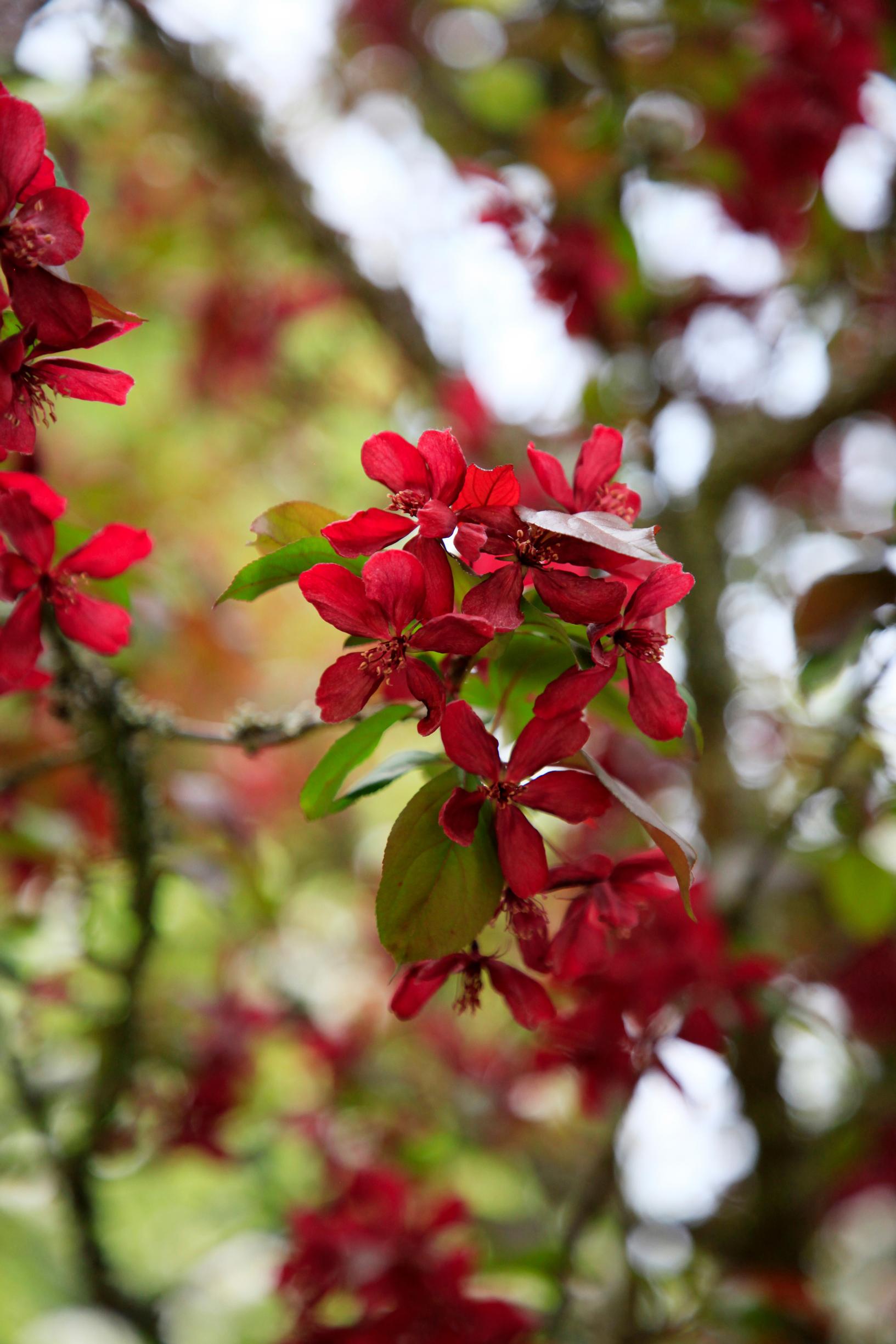
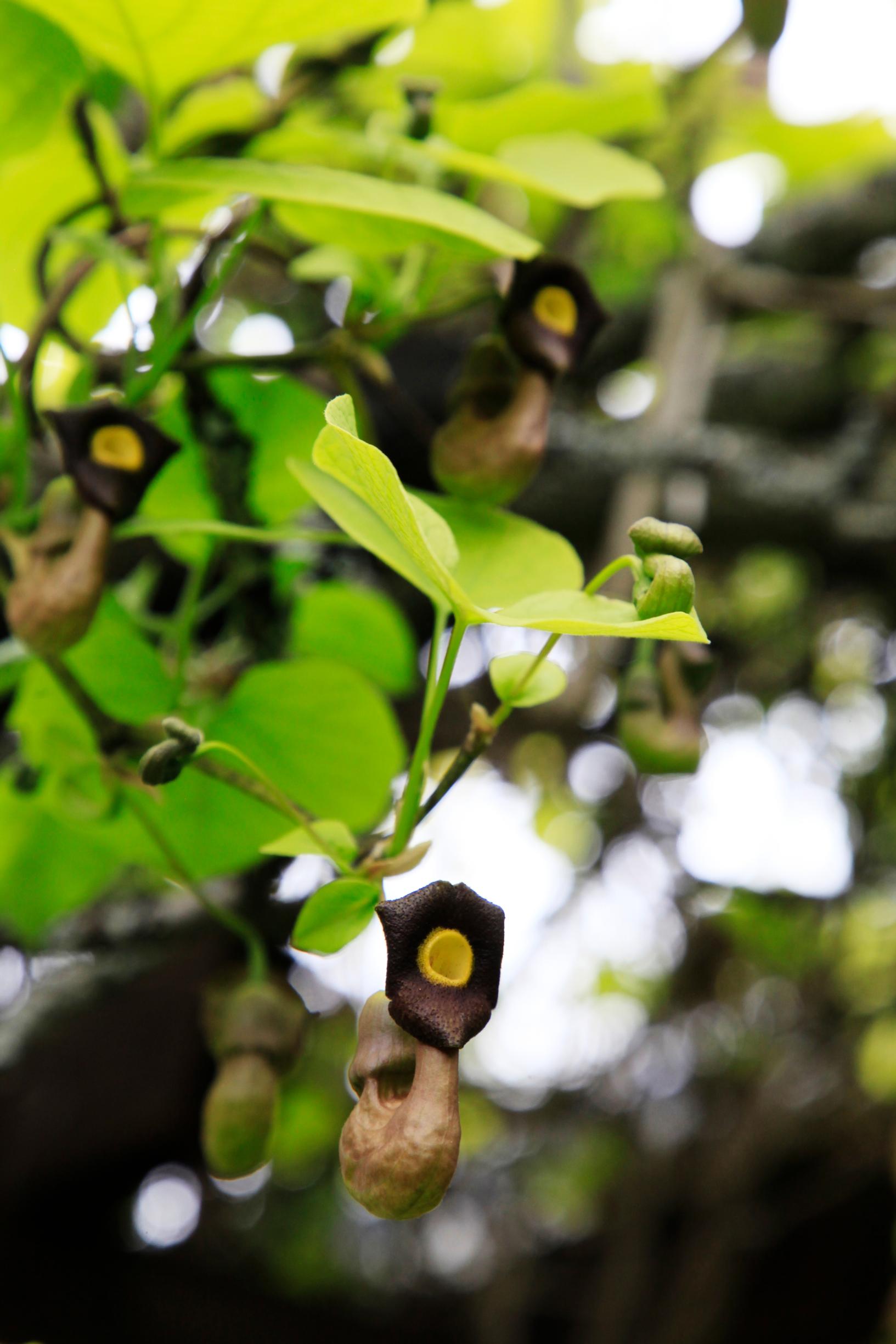
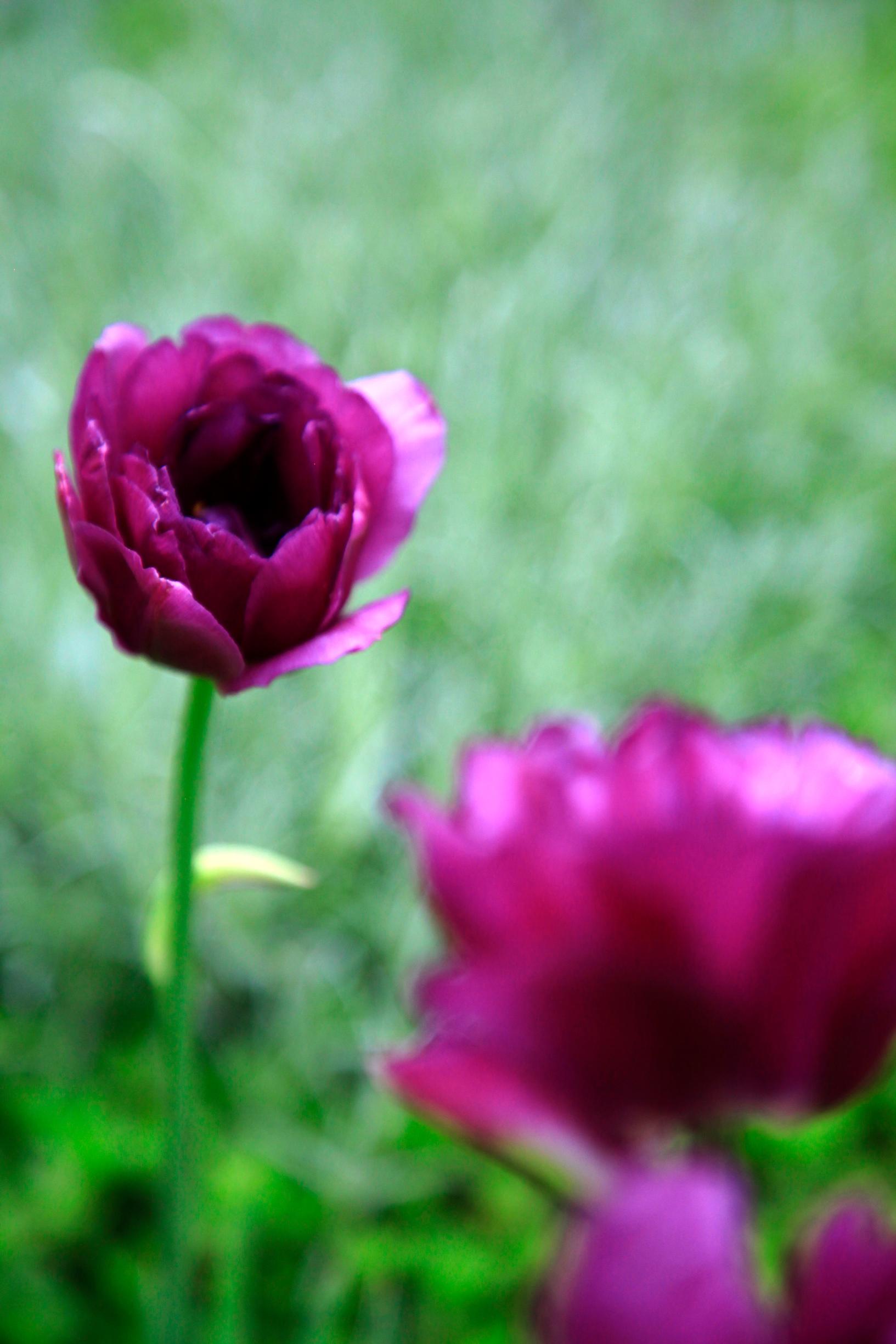
Through years of hard work, Ani has loosened the orchard’s clay soil with mulch, compost, and organic matter. She hasn’t over-fertilized the trees because she doesn’t want them growing too quickly. The apple trees are pruned sparingly every couple of years in spring, since heavy pruning triggers too much new growth. Ani also trims water sprouts and other branches after midsummer, as needed.
Pruning focuses on lowering the crowns and stopping branches from bending over walkways. Ani and Ari have also removed large branches to keep the trees from splitting. Support cables are difficult once a tree grows wide, and Ani doesn’t think they look good.
—“Now one of the trees has split, and another has toppled over.”
Life with old trees is a balancing act, but in the end, nature always has its own way.
—“I can try to help nature, but there’s no point fighting against it.”
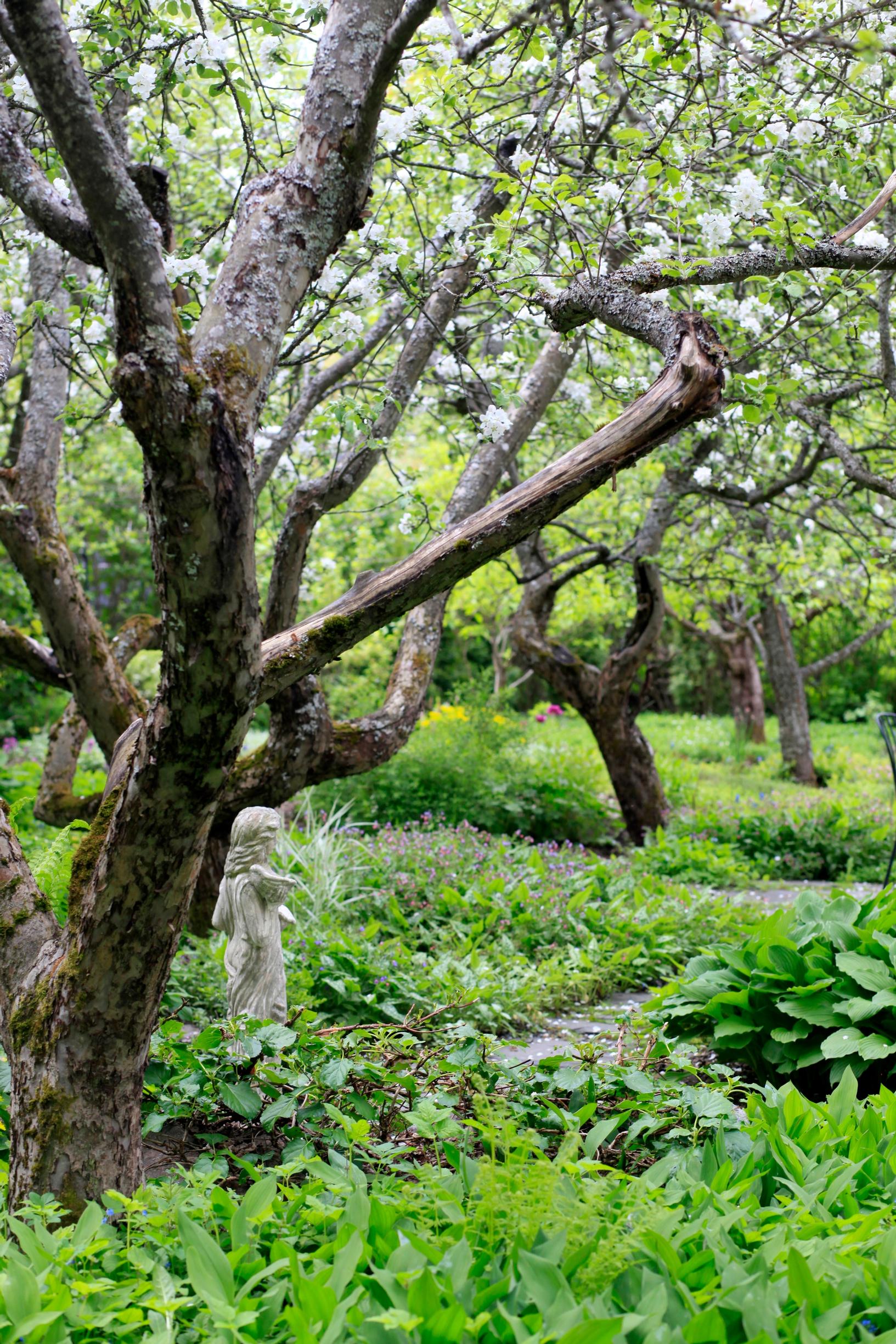
In early summer, Ani spends all her spare time in the garden. She starts each day by strolling through it with a cup of coffee in hand. Her second garden walk comes right after work.
—“This is the loveliest time of year. Blue-eyed Mary is covered in forget-me-not-like blooms, the ostrich fern’s fronds unfurl more each day—you can practically feel the green. And overhead, the apple trees are flowering.”
